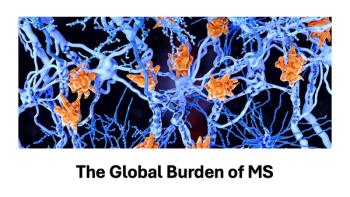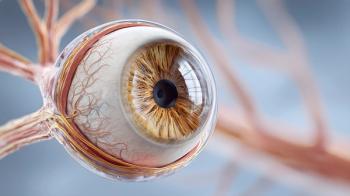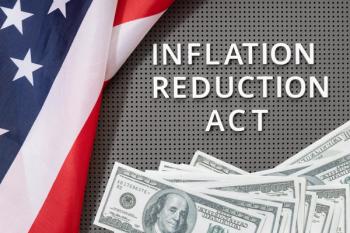
Women PCPs Have Equal or Better Medicare Patient Outcomes Than Men PCPs in Value-Based Care Model
Women primary care providers (PCPs) treating Medicare patients in a value-based care model achieved better patient outcomes and earned more per patient than male counterparts, despite receiving equal patient satisfaction ratings, highlighting a potential for value-based payment to help close the gender pay gap.
Women primary care providers (PCPs) treating Medicare patients in a value-based care setting have equal or better patient outcomes than men PCPs in the same setting, despite having the same overall patient satisfaction rating, according to a
These results support prior evidence that despite women physicians performing better on process and outcome measures, their patients’ ratings do not correlate, the researchers write, including Ishani Ganguli, M.D., M.P.H., Division of General Internal Medicine and Primary Care, Brigham and Women’s Hospital, Harvard Medical School.
Under the value-based care model, women PCPs earned approximately $2,236 per patient per year, whereas men PCPs earned approximately $1,932 per patient per year. Under the fee-for-service model, women PCPs earned $454 per patient per year, while men PCPs earned an average of $476 per patient per year.
“The reversal of the gender gap under value-based payment is likely due to fewer emergency department visits and hospitalizations among women PCPs’ patients and may in turn reflect better alignment of value-based models to practice patterns more common in women (e.g., more face-to-face time per visit),” Ganguli said in the news release. “Equal pay could carry benefits beyond fair compensation, including reduced burnout and improved retention of the increasingly female primary care workforce to care for the aging U.S. population.”
For example, women PCPs had an average of 651 emergency room visits per 1,000 patients, while men PCPs had an average of 693 visits per 1,000 patients. Hospitalization rates were also lower for patients treated by women PCPs, who averaged 154 visits per 1,000 patients, while men PCPs averaged approximately 182 visits per 1,000 patients.
Patients’ diabetic and blood pressure rates were also better when seen by women PCPs, with the biggest difference seen in the number of eye examination receipts among eligible patients. Eighty-one percent of patients treated by a woman PCP had a receipt, while 78% of patients treated by a man PCP had one. Hypertension and diabetes medication adherence were the same between the two groups, at 92% and 89%, respectively.
This study included 872 PCPs, 40% of whom were women from 15 practice groups across seven states, including Ohio, Texas and New York. Approximately 223,810 Medicare Advantage patients were treated by these physicians in 2022. All providers delivered care through the Total Care Model, agilon’s value-based care model.
“These results support the possibility that growing use of value-based payment might improve the gender wage gap and better reward high-quality care,” Ganguli said in the news release. “Future studies should explore how outcomes change with greater shares of patients in these arrangements.”
Newsletter
Get the latest industry news, event updates, and more from Managed healthcare Executive.






















































